Home » 2021
Beginners Guide: Create and Use JavaScript ES6 Modules
This short tutorial aims to get you started creating and using JavaScript modules and provides some simple examples. What is ES6? JavaScript’s official name is actually ECMAScript, and version 6 introduced module functionality to create and consume modules, so you might see JavaScript Modules referred to as ES6 or ES2015 Modules. What is a JavaScript Module? As you get more adventurous with your JavaScript programming projects and your code becomes more complex, it might start to become harder to manage. One way of mitigating this is splitting … Read more

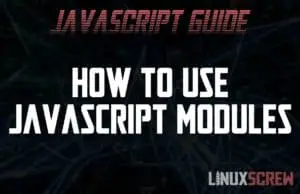
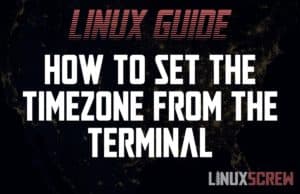
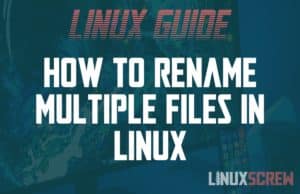
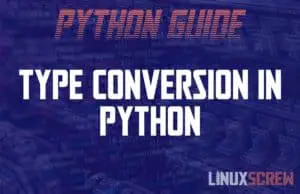
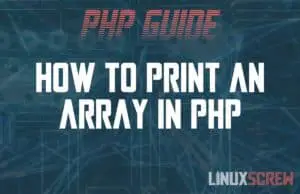

![Linux man Command and Man Pages [Explanation/Examples] 7 Linux man Command](https://cd.linuxscrew.com/wp-content/uploads/2021/08/linux-man-command-feature-300x194.jpg)


![Check Type of Variable in JavaScript with typeof [Examples] 10 JavaScript typeof Operator](https://cd.linuxscrew.com/wp-content/uploads/2021/08/javascript-typeof-feature-300x194.jpg)